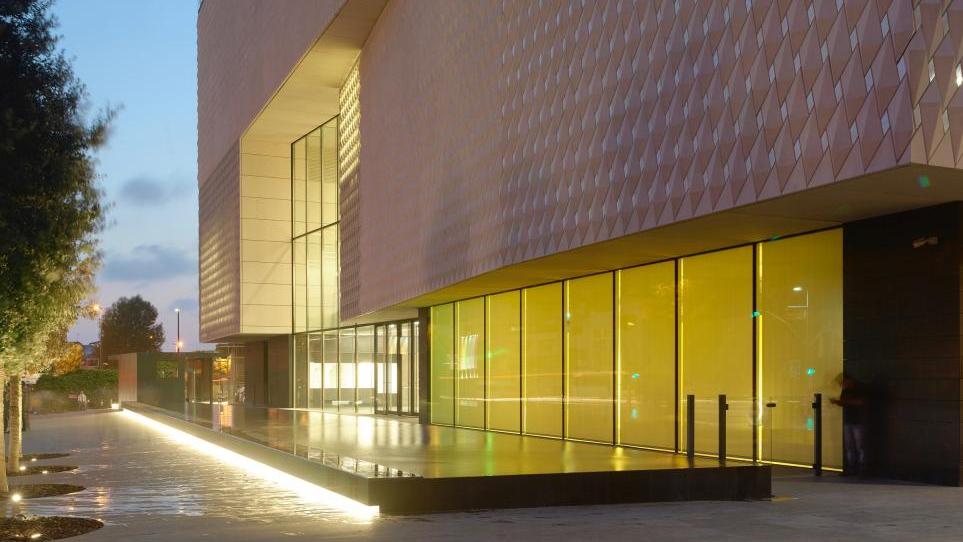With its well-conceived architecture, a far cry from aesthetic effects and ostentatious prowess, Istanbul once again vaunts its cultural ambitions.
Like London, Istanbul is a state within a state, fired by the fever of urban construction sites, where two leading cultural institutions have recently emerged. The most imposing, the new headquarters of Istanbul Modern (designed by Renzo Piano), is not yet finished, but was opened to the public temporarily for the events of the most recent Biennial. And with last autumn's inauguration of Arter, a stone's throw from Taksim Square, the city now offers the public another large space dedicated to every discipline in contemporary art. Created by the Vehbi Koç Foundation , this was first housed in a more modest venue on the famous Istiklal Avenue, and started up a respectable series of art events in 2010. That first version, the equivalent of a large gallery, was a kind of launching pad. Arter's new building is much bigger – 18,000 m 2 over six floors – and features numerous exhibition rooms, two auditoriums, a reserve to house the foundation's contemporary art collection, an open-air terrace to accommodate the sculptures,…
com.dsi.gazette.Article : 12836
This article is for subscribers only
You still have 85% left to read.
